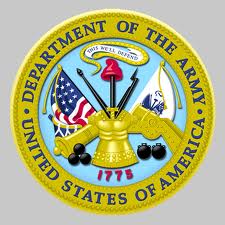
The two top Army leaders Tuesday told the House Armed Services Committee (HASC) that budget cuts, sequestration caps and moving overseas contingency operations items (OCO) to the base budget mean even tighter funds and pressures on modernization programs. The Army is under heavy pressure to become smaller and shed troops down to as many as 450,000, or with sequestration, to 420,000, as it moves back to the United States from 12 plus years of conflict, But the land force's commitments…













